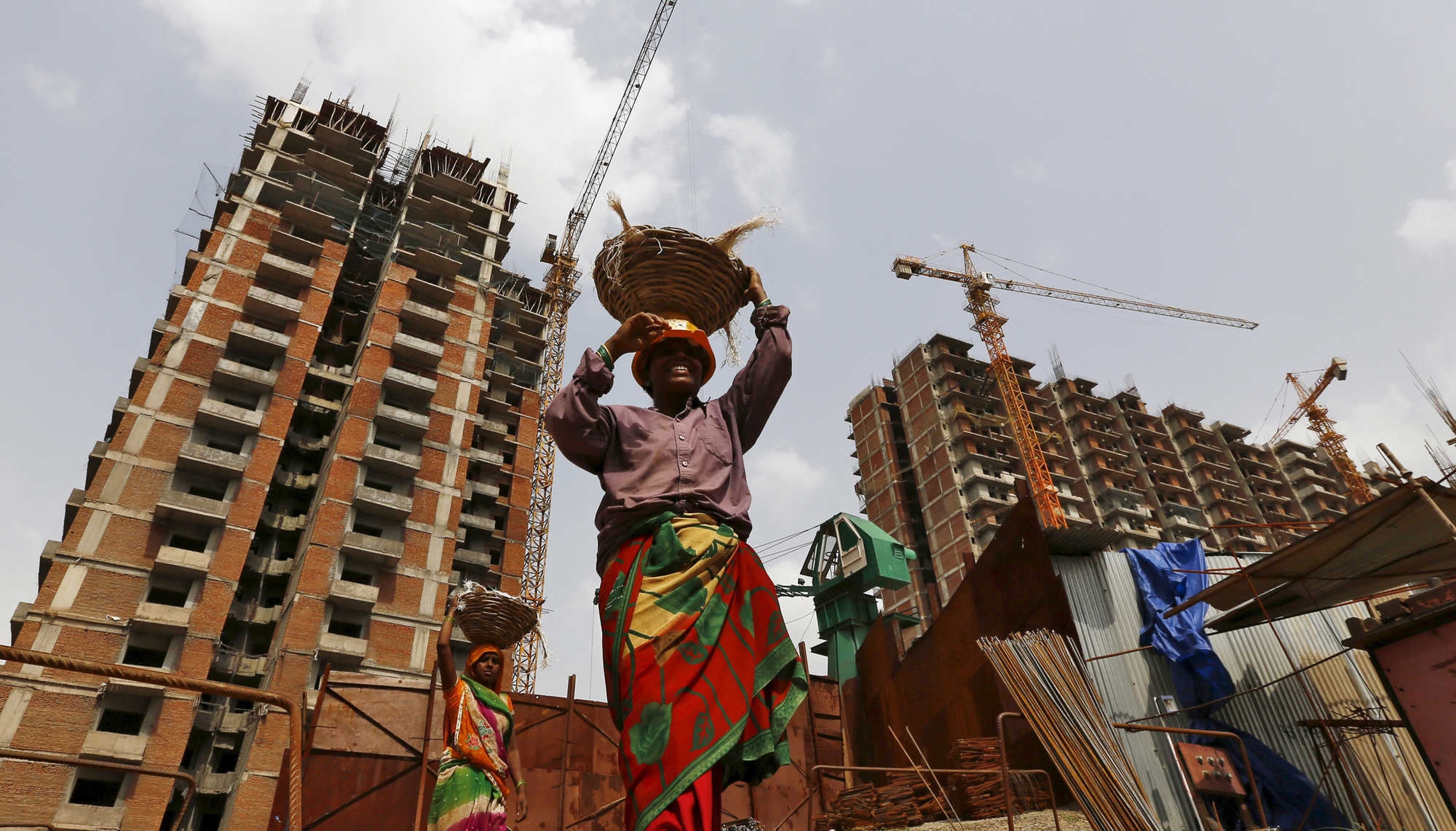
World
16:31, 23-Jan-2018
ILO report: Global economy is not creating enough jobs
CGTN

Despite the stabilizing of the global unemployment rate in the last two years, finding a stable job could still remain a struggle this year for many, even as the global economy recovers. This, in essence, is the conclusion of the latest report by the International Labor Organization (ILO), which put the total number of unemployed in excess of 192 million and the global unemployment rate at 5.6 percent in 2017.
The World Employment Social Outlook: Trends 2018, which was released on Monday, highlighted that vulnerable employment is on the rise as the pace of working poverty reduction slows down. The report stated that the significant progress achieved in the past in reducing vulnerable employment has essentially stalled since 2012.
This means that almost 1.4 billion workers are estimated to be in vulnerable employment in 2017, and that an additional 35 million are expected to join them by 2019. In developing countries, vulnerable employment affects three out of four workers.

The cover of ILO's latest report. /Photo via ILO
The cover of ILO's latest report. /Photo via ILO
“Even though global unemployment has stabilized, decent work deficits remain widespread: The global economy is still not creating enough jobs. Additional efforts need to be put in place to improve the quality of work for jobholders and to ensure that the gains of growth are shared equitably,” ILO Director-General Guy Ryder said.
The report also noted that working poverty has continued to fall in emerging countries, where the number of people in extreme working poverty is expected to reach 176 million in 2018, or 7.2 per cent of all employed people.
“In developing countries though, progress in reducing working poverty is too slow to keep up with the expanding labor force. The number of workers living in extreme poverty is expected to remain stubbornly above 114 million for the coming years, affecting 40 per cent of all employed people in 2018,” ILO economist Stefan Kühn, lead author of the report, explained.
The ILO report drew attention to the fact that participation rates among women remain well below those for their male counterparts. Women are also more likely to face inferior job quality and lower salaries.

Laborers work at the construction site of a residential complex in Noida on the outskirts of New Delhi, India. /Reuters Photo
Laborers work at the construction site of a residential complex in Noida on the outskirts of New Delhi, India. /Reuters Photo
It predicted that structural shifts and ageing will add further pressures on the labor market. Looking at shifts in the sectoral composition of employment, the report noted that service sector jobs will be the main driver of future employment growth, while agriculture and manufacturing employment continue to decline.
Since vulnerable and informal employment are prevalent in both agriculture and market services, the projected employment shifts across sectors may have only limited potential to reduce decent work deficits, if not accompanied by strong policy efforts to boost job quality and productivity in the service sector.
While focusing on the influence of ageing population, the report underscored that the growth of the global workforce will not be sufficient to compensate for the rapidly expanding pool of retirees. The average age of working people is projected to rise from just under 40 in 2017 to over 41 in 2030.
“Besides the challenge a growing number of retirees creates for pension systems, an increasingly ageing workforce is also likely to have a direct impact on labor markets. Ageing could lower productivity and slow down labor market adjustments following economic shocks,” said Sangheon Lee, ILO’s Director (ad interim) of Research Department.
[Top photo: A woman walks past a "Help wanted" sign at a retail store in Ottawa, Ontario, Canada, on November 2, 2017. /Reuters Photo]

SITEMAP
Copyright © 2018 CGTN. Beijing ICP prepared NO.16065310-3
Copyright © 2018 CGTN. Beijing ICP prepared NO.16065310-3